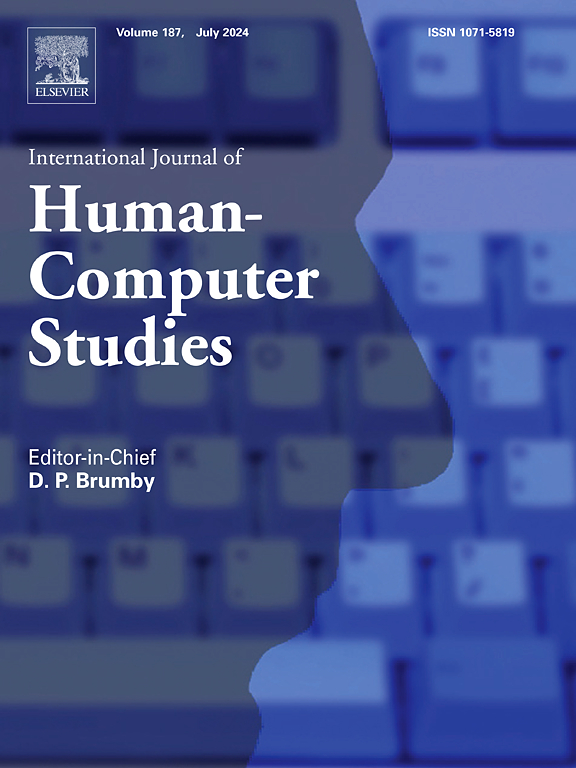Effects of various in-vehicle human–machine interfaces on drivers’ takeover performance and gaze pattern in conditionally automated vehicles
Abstract
With the era of automated driving approaching, designing an effective and suitable human–machine interface (HMI) to present takeover requests (TORs) is critical to ensure driving safety. The present study conducted a simulated driving experiment to explore the effects of three HMIs (instrument panel, head-up display [HUD], and peripheral HMI) on takeover performance, simultaneously considering the TOR type (informative and generic TORs). Drivers’ eye movement data were also collected to investigate how drivers distribute their attention between the HMI and surrounding environment during the takeover process. The results showed that using the peripheral HMI to present TORs can shorten takeover time, and drivers rated this HMI as more useful and satisfactory than conventional HMIs (instrument panel and HUD). Eye movement analysis revealed that the peripheral HMI encourages drivers to spend more time gazing at the road ahead and less time gazing at the TOR information than the instrument panel and HUD, indicating a better gaze pattern for traffic safety. The HUD seemed to have a risk of capturing drivers’ attention, which resulted in an ‘attention tunnel,’ compared to the instrument panel. In addition, informative TORs were associated with better takeover performance and prompted drivers to spend less time gazing at rear-view mirrors than generic TORs. The findings of the present study can provide insights into the design and implementation of in-vehicle HMIs to improve the driving safety of automated vehicles.

 求助内容:
求助内容: 应助结果提醒方式:
应助结果提醒方式:


